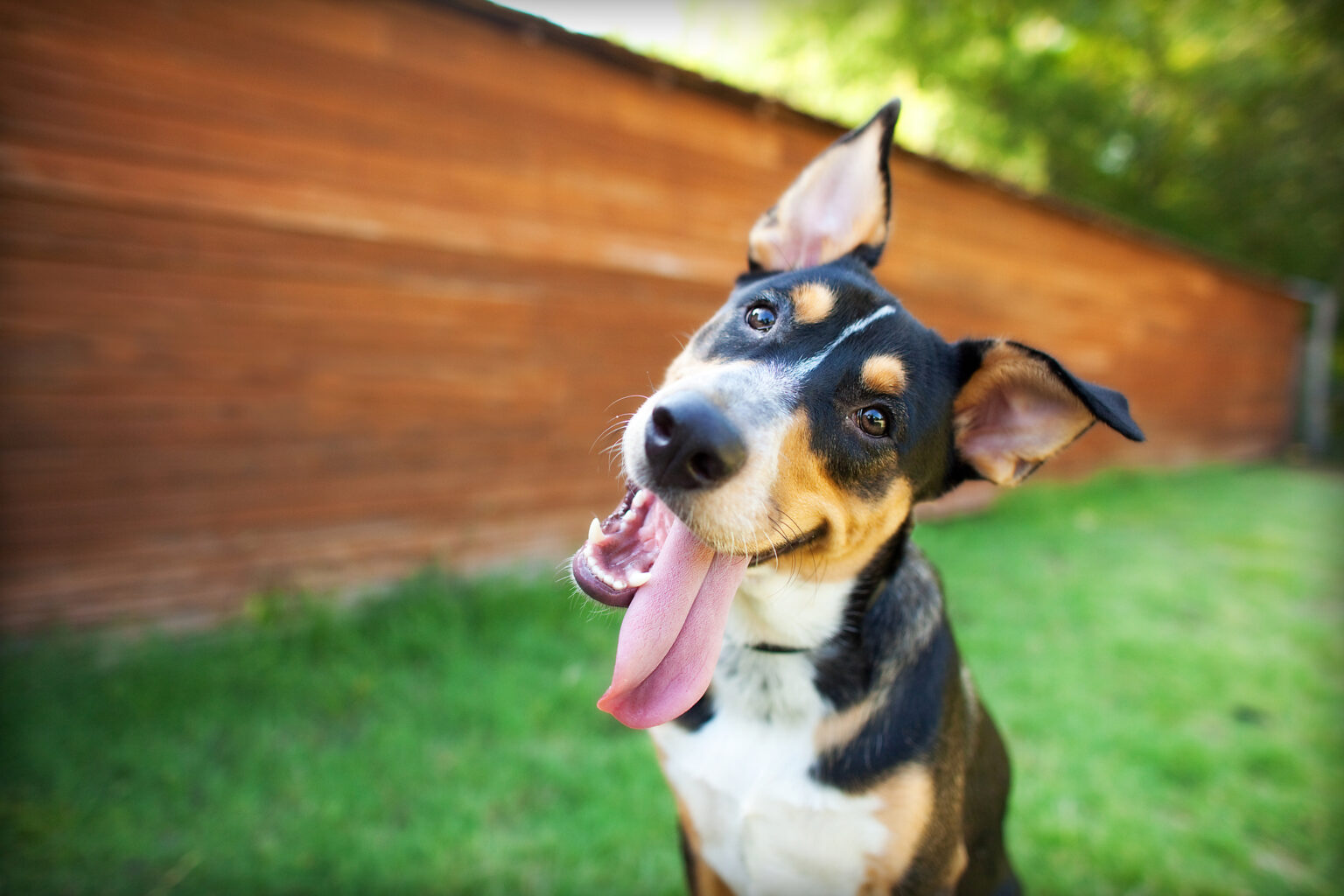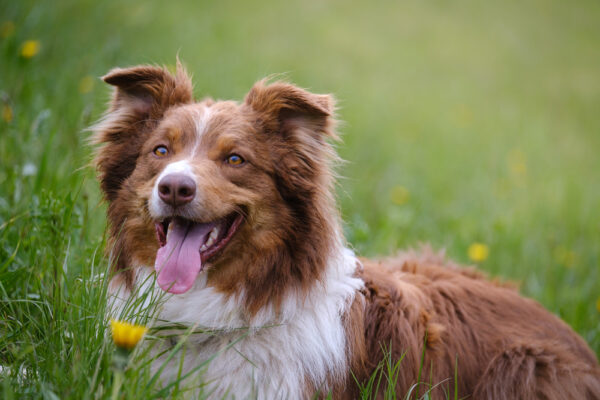As it’s National Smile Month, we’ve prepared a handy list of tips for keeping your pet’s teeth and gums healthy. And with dental disease being one of the most common health issues facing cats and dogs, we tell you exactly how to prevent it.
How will I know if my pet has tooth or gum problems?
Your pet may not let on if they’re suffering from toothache, so you need keep an eye out (and a nose, in some cases) for the tell-tale signs:
- Bad breath
- Drooling
- Dropping food
- Discomfort when eating, like eating on one side of the mouth.
- Bleeding, red or swollen gums
- A red line along the gum
- Brown/yellow plaque
- Broken or missing teeth
- Any unusual swelling on their face, especially their cheeks under the eye.
How can I brush my pet’s teeth?
Cleaning your pet’s teeth might seem like a wacky idea but it’s the best way to minimise their chance of developing dental disease. Your pet probably isn’t going to like it at first – if ever – but you have a much better chance of them getting used to it if you start brushing from an early age. It’s never too late to try, though. Here’s how:
- Buy a suitable toothbrush and toothpaste for your dog or cat. Never use human toothpaste and never share brushes amongst your pets – they need one each.
- Familiarise them with the taste of toothpaste by putting some on your finger and encouraging them to lick it off. Most pets will think it’s a treat. If they’re not playing ball, try putting a small amount of toothpaste on their nose so they get used to the smell – eventually they should take it from your hand. Repeat for a few days in a row.
- Once they are comfortable with this feeling, start introducing the toothbrush, brushing with soft, circular movements, just like you do to your own teeth. Start doing this for a couple of seconds to begin with and increase the time slowly over a few weeks.
- Don’t get cross if your pet doesn’t respond very well – be patient. They may never take to having their teeth brushed, in which case it’s not worth the stress for you or your pet. You can also try introducing brushing with a finger toothbrush first, then moving onto using a standard pet toothbrush once they are comfortable.
Any other tips?
- Once your pet is comfortable with having their teeth brushed, aim for brushing at least twice a week (daily being ideal).
- Visit your vet for regular dental check-ups, preferably every 6 to 12 months.
- Give your dog dental treats and chews or your cat dental treats (make sure you follow the product’s feeding instructions).
- Other products designed to help reduce plaque that we like are Vet Aquadent, which you can add to your pet’s drinking water; Plaque Off, which can be added to their food, or Logic Oral Hygiene Gel, which can be used as a toothpaste.
- Your vet may also recommend a dental or oral care diet for your dog or cat. These are pet foods with specially designed kibble that has a brushing effect to help reduce plaque build-up. It’s important you feed your pet these diets only if your vet recommends it.
For more ideas, check out our carefully selected range of dental care products for dogs and cats.



